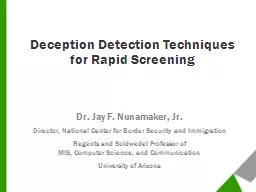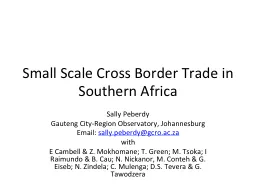PPT-Thinking Across the Border:
Author : debby-jeon | Published Date : 2016-07-22
CBC and the regional dimension Dr Anthony Soares The Centre for Cross Border Studies Email asoaresqubacuk Twitter antsoares67 An example to Europe The maths of
Presentation Embed Code
Download Presentation
Download Presentation The PPT/PDF document "Thinking Across the Border:" is the property of its rightful owner. Permission is granted to download and print the materials on this website for personal, non-commercial use only, and to display it on your personal computer provided you do not modify the materials and that you retain all copyright notices contained in the materials. By downloading content from our website, you accept the terms of this agreement.
Thinking Across the Border:: Transcript
Download Rules Of Document
"Thinking Across the Border:"The content belongs to its owner. You may download and print it for personal use, without modification, and keep all copyright notices. By downloading, you agree to these terms.
Related Documents














